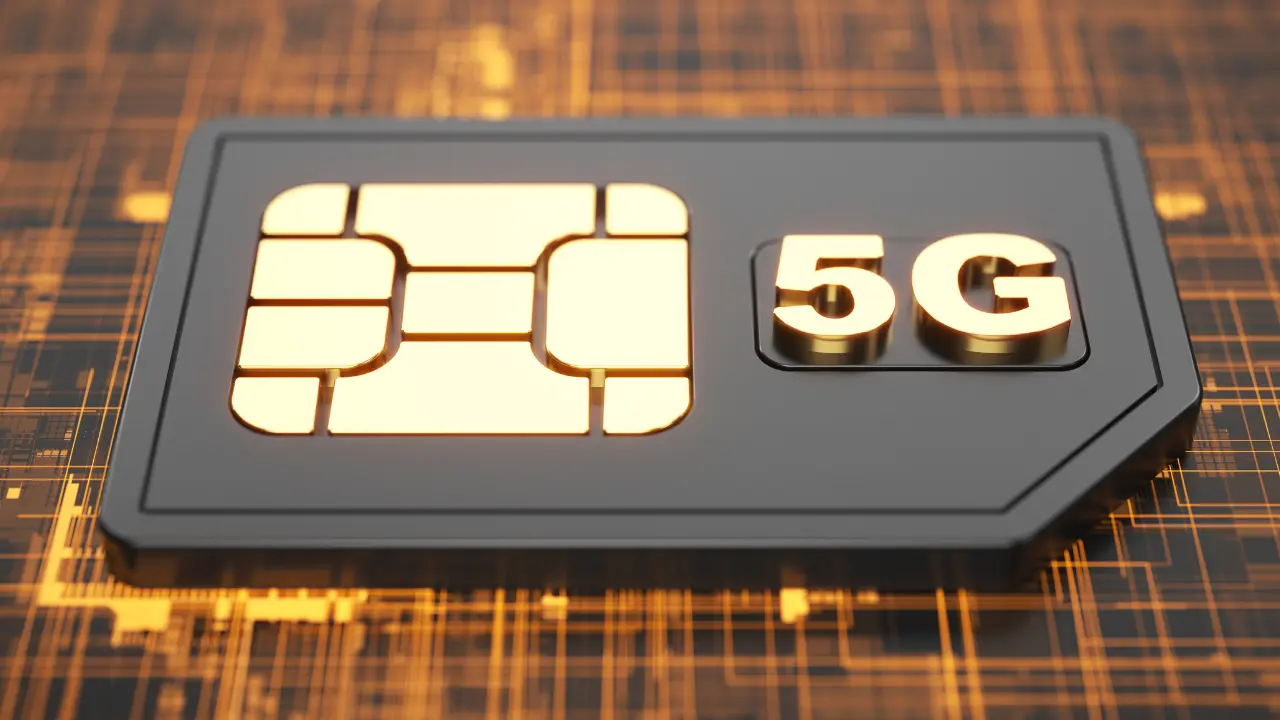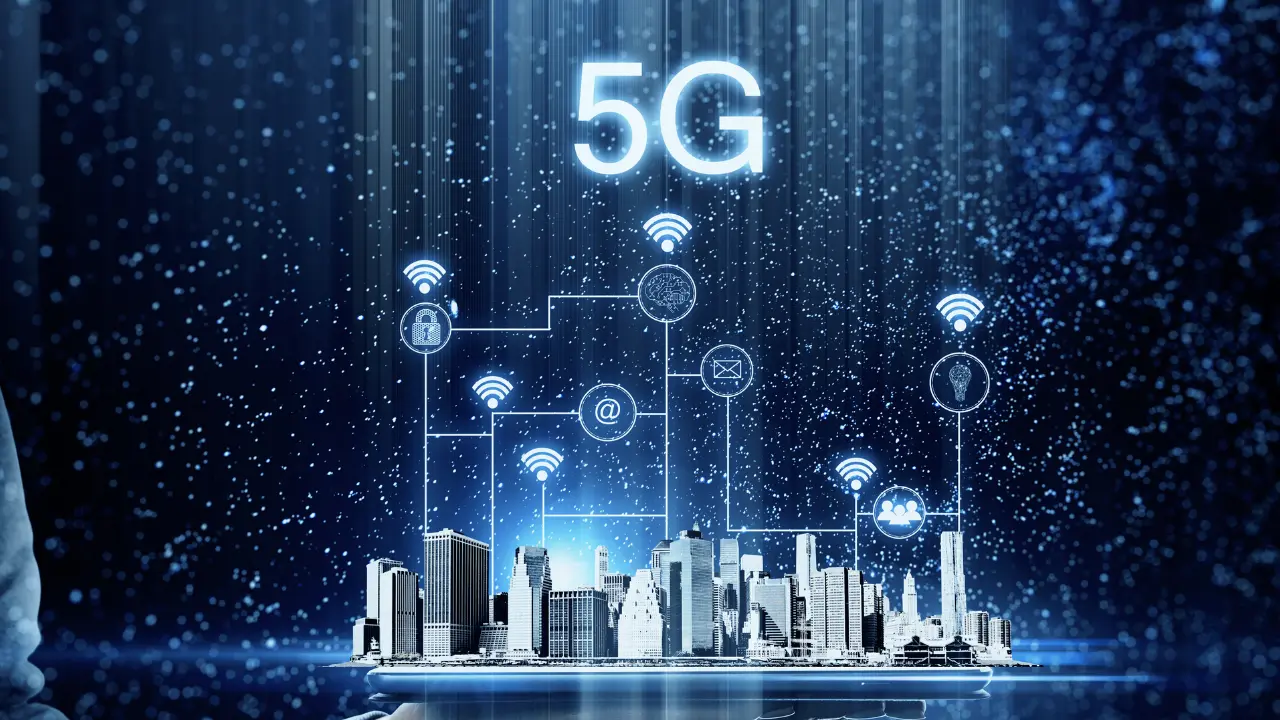Index
Introduction
An Overview of 5G Technology
As we approach the one-year milestone since the introduction of 5G technology in India, it's remarkable to witness how this groundbreaking innovation has rapidly extended its reach. Beyond the bustling urban landscapes where it first made its mark, 5G has ventured into the heart of remote villages, fundamentally altering the connectivity landscape across the nation.
In this article, we embark on a journey to reflect upon the transformative impact of 5G in India over the past year. We'll explore how it has bridged the urban-rural divide, empowering not only the major cities like Delhi, Mumbai, and Bangalore but also reaching the farthest corners of the country. The extension of 5G to almost every corner of the country signifies a profound shift in accessibility to high-speed internet, a development that holds the promise of improved education, healthcare, and economic opportunities for those who were previously underserved.
From empowering businesses with enhanced connectivity to enabling telemedicine in remote clinics, 5G has already showcased its potential to bridge disparities and create a more inclusive digital future for all of India. But what lies ahead in the evolution of 5G in India? How will it continue to adapt and extend its benefits to more communities? These are questions we will explore as we celebrate a year of 5G in India and envision the boundless possibilities that await on the horizon.
Why is 5G Important for the Future?
5G technology holds immense significance for the future for several reasons. It promises to bring about a revolution in connectivity, offering faster data speeds, lower latency, and the ability to connect an unprecedented number of devices simultaneously. This opens up doors for innovations in various sectors, including healthcare, education, transportation, and more. It forms the backbone for the development of smart cities and the Internet of Things (IoT), making our lives more convenient and efficient.
Why Do People Want 5G?
People are eager for 5G for a multitude of reasons. Faster download and upload speeds mean seamless streaming, quicker downloads, and enhanced online gaming experiences. Reduced latency ensures real-time communication and better user experiences in applications like video conferencing and augmented reality. Moreover, 5G's capabilities are crucial for enabling autonomous vehicles and improving industrial automation.
How 5G Technology Will Change the World?
The impact of 5G technology on the world is transformative. It will drive innovation across industries, facilitating remote surgeries in healthcare, creating immersive learning environments in education, enabling efficient supply chain management, and enhancing public safety through smart city initiatives. It has the potential to bridge the digital divide by bringing high-speed internet access to remote and underserved areas.
How 5G is Different from 4G?
5G differs significantly from its predecessor, 4G. While 4G offers respectable download speeds, 5G takes it to another level, promising gigabit-per-second speeds. The latency in 5G is significantly lower, making it suitable for applications requiring real-time responsiveness. Moreover, 5G can accommodate a massive number of devices in a single network cell, ensuring connectivity for IoT devices on an unprecedented scale.
What is 5G Technology?
5G technology is the fifth generation of wireless communication technology. It utilizes higher-frequency radio waves, known as millimetre waves, to transmit data at extremely high speeds. This technology employs advanced network architecture, including small cells and massive MIMO (Multiple Input, Multiple Output) antennas, to provide exceptional performance.
What is So Special About 5G Technology?
What sets 5G apart is its ability to handle a wide range of applications seamlessly. It not only caters to faster mobile internet but also serves as the foundation for various innovative technologies that will shape the future.
What is 5G and Its Advantages?

Low Latency: 5G networks offer significantly reduced latency, which means there is very little delay in data transmission. This is crucial for applications like online gaming, video conferencing, and autonomous vehicles, where even a small delay can be problematic.
Enhanced Capacity: 5G networks have a much higher capacity to handle a massive number of connected devices simultaneously. This is essential for the growing Internet of Things (IoT) ecosystem and ensures that network performance remains stable even in densely populated areas.
Speed Upgrades: 5G provides substantially faster download and upload speeds compared to previous generations of mobile networks. This enables quicker downloads of large files, smoother streaming of high-definition content, and faster web browsing.
Massive Capacity: 5G networks are designed to handle a massive amount of data traffic, which is essential for the increasing demand for data-intensive applications, such as 4K video streaming, augmented reality (AR), and virtual reality (VR).
Transformational Potential: Beyond the mentioned benefits, 5G has the potential to revolutionize various industries. It can enable innovations in healthcare, education, smart cities, and more, thanks to its low latency and high-speed capabilities. For example, remote surgery, immersive virtual classrooms, and efficient traffic management in smart cities are all made possible by 5G.
Who Launched 5G First in India?

After thorough testing and meticulous preparations, 5G technology was officially launched in India on October 1, 2022, by the telecom company Airtel Bharti. The initial rollout covered eight major cities, including Delhi, Mumbai, Bangalore, and Varanasi, with plans for gradual expansion to other regions across the country. Airtel Bharti's launch marked a significant milestone in bringing 5G services to urban centers.
Meanwhile, its close competitor, Reliance Jio, also made substantial progress in the 5G arena, diligently working to extend its services to virtually every corner of the country. This fierce competition between Airtel Bharti and Reliance Jio has been instrumental in driving the rapid adoption and spread of 5G technology in India.
What Are the Benefits of 5G in India?
The benefits of 5G in India are substantial. Prior to the advent of 5G, India faced significant challenges related to internet speed. However, 5G technology promises to deliver a wide range of advantages to users, ushering in a new era of enhanced applications and services. Whether it's sending emails, engaging on social media, streaming videos, or enjoying cloud gaming, 5G is poised to revolutionize these experiences, offering faster and more seamless connectivity than ever before. The deployment of 5G networks is advantageous for all stakeholders, as it not only enhances user satisfaction but also fosters a global environment where information is readily and swiftly accessible on mobile devices, regardless of one's location. This technology is indeed creating numerous opportunities for innovation and driving economic growth.
What is the Speed of 5G in India?
- The median 5G download speed in India is 25 times faster than that of 4G.
- According to the Speedtest Global Index, India has significantly improved its ranking, moving from the 118th position before the introduction of 5G to the 49th position in January 2023.
Conclusion
In just one year, 5G has reshaped India's connectivity landscape. From bustling cities to remote villages, its impact has been profound. It's bridged the digital divide, empowering businesses, enabling telemedicine, and fostering inclusive education. Looking ahead, 5G promises even more. It will evolve, reaching more communities, and sparking innovation. The competition between Airtel Bharti and Reliance Jio drives its rapid adoption, ensuring India stays at the forefront of technological advancement.5G is not just an upgrade; it's a gateway to boundless connectivity. It's a tool for progress, symbolizing India's embrace of the digital age. As we mark a year of 5G, we eagerly anticipate the transformations and possibilities ahead, making us excited for the future.
